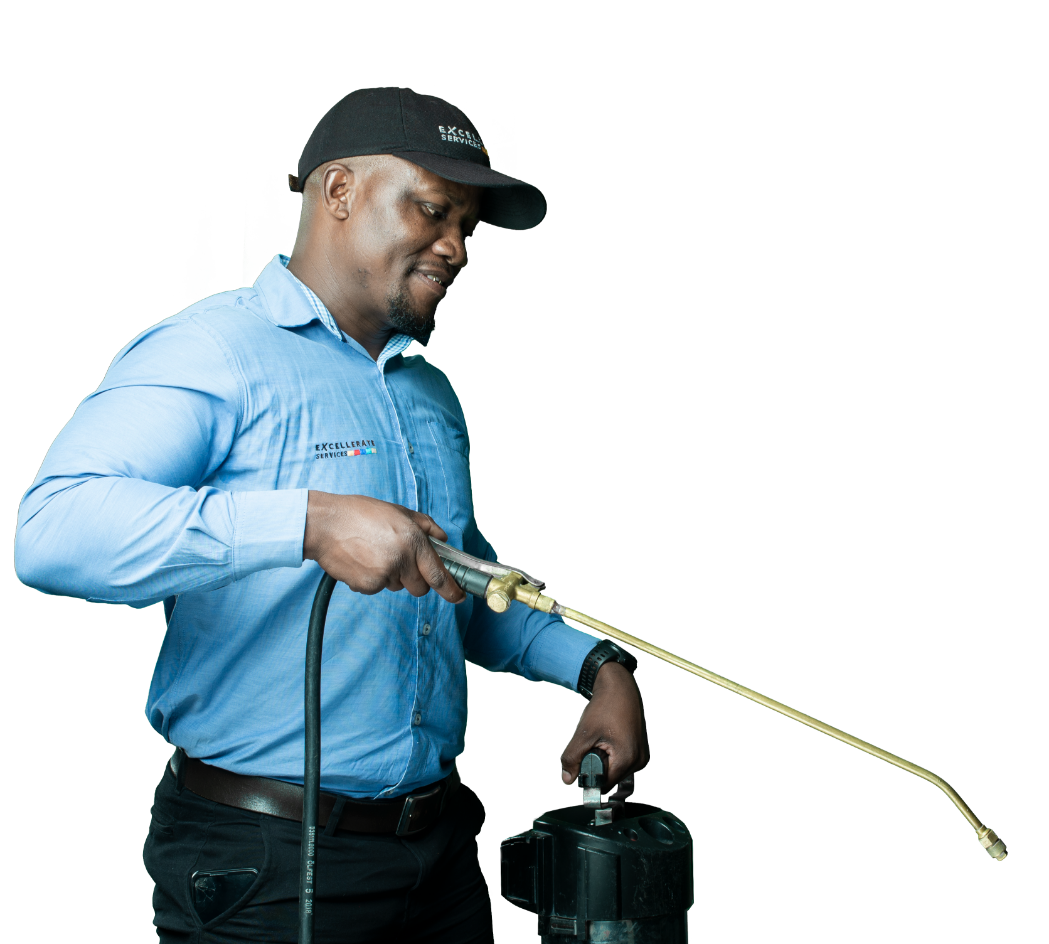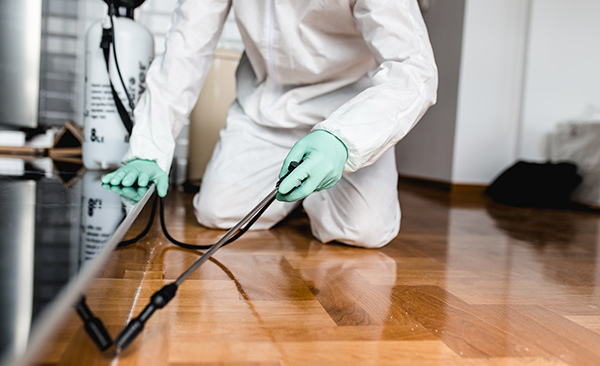Protect your home safe with Pest Control and stop future infestations.
Eco-Friendly Bug Control Approaches for Taking Care Of Wildlife in Urban Areas
Urban locations usually locate themselves at the junction of human task and wild animals, leading to special difficulties in insect monitoring. These methods not only protect the environment yet likewise enhance area involvement in wild animals administration. As urban populations proceed to expand, comprehending the dynamics of wild animals interactions becomes significantly critical.
Recognizing Urban Wildlife Characteristics
Comprehending Urban Wildlife Characteristics is vital for developing reliable and eco-friendly parasite control techniques. Urban locations are progressively becoming environments for various wild animals species, driven by variables such as environment fragmentation, food availability, and human advancement. Acknowledging these characteristics enables for a nuanced strategy to pest administration that straightens with environmental concepts.
Urban wildlife usually includes varieties such as raccoons, squirrels, and birds, which adapt to city settings, finding particular niches in eco-friendly rooms, parks, and even residential areas. Their visibility can lead to disputes with human beings, specifically when they manipulate personnels for food and sanctuary. Recognizing the behaviors and environmental duties of these species notifies approaches that reduce adverse communications while promoting biodiversity.
Additionally, recognizing the interdependencies within city environments aids in identifying vital locations for environment preservation and remediation. This understanding adds to the growth of integrated insect administration (IPM) methods that take into consideration the eco-friendly balance, thereby decreasing reliance on dangerous chemicals. By cultivating conjunction in between human beings and urban wildlife, cities can create healthier environments that benefit both citizens and local ecological communities, leading the method for lasting urban living.
Natural Repellents and Deterrents
Natural repellents and deterrents offer a sustainable alternative to conventional pest control methods by harnessing the power of nature to keep undesirable varieties away. These green remedies commonly make use of plant-based active ingredients, crucial oils, and various other normally occurring substances that deter parasites without damaging the atmosphere.
One efficient natural repellent is peppermint oil, which is known to drive away rats and bugs. Its strong aroma is undesirable to numerous insects, making it a popular selection for city settings. In a similar way, vinegar and citrus peels can function as deterrents, as their strong odors are commonly unattractive to different wild animals.
Furthermore, diatomaceous planet is an all-natural powder that can be spread in locations prone to parasite activity, effectively drying out and hindering bugs without posing threats to non-target species. In addition, garlic sprays and neem oil are acknowledged for their ability to drive away a vast array of parasites, including both pests and larger wild animals.
Applying these natural repellents not just decreases dependence on chemical pesticides however additionally promotes a healthier city ecosystem, promoting a more balanced conjunction between people and wild animals. By utilizing these techniques, city areas can properly manage insect populaces while lessening ecological influence.
Environment Modification Strategies
Reliable habitat modification methods play a crucial role in sustainable bug monitoring by modifying the environment to make it less conducive to pest invasions. By comprehending the eco-friendly characteristics of city locations, building proprietors can implement strategic modifications that discourage insects while promoting biodiversity.
(Equine Pest Protection)One primary technique includes preserving appropriate hygiene. This consists of normal waste elimination, securing trash can, and eliminating standing water to decrease breeding sites for bugs and rodents. Furthermore, landscaping methods such as choosing indigenous plants can boost eco-friendly equilibrium, giving habitats for advantageous organisms while reducing resources for insects.
One more important strategy is to secure entry factors in buildings. Inspecting and fixing fractures in foundations, wall surfaces, and windows can dramatically minimize insect access. Creating physical obstacles, such as fences or plant barriers, can inhibit wild animals movement right into human-inhabited locations.
Integrated Bug Management Practices
Structure upon habitat adjustment techniques, incorporated pest monitoring (IPM) practices use a holistic technique to controlling bug populaces while reducing ecological impact. IPM incorporates various methods, consisting of biological, social, mechanical, and chemical controls, to achieve effective insect monitoring.
Biological control includes the intro of natural predators or bloodsuckers to reduce insect populaces. Social practices, such as crop turning and hygiene, disrupt pest life cycles and reduce their environments - Pest Control. Mechanical controls, like traps and barriers, give immediate relief from bug stress without chemical treatment
Chemical controls are utilized as a last resource, concentrating on targeted applications that restrict harm to non-target types and the setting. The option of eco-friendly pesticides, when required, is important to the IPM structure. In addition, keeping an eye on bug populaces and analyzing possible damages aids educate decision-making, ensuring that interventions are timely and efficient.
Community Involvement and Education

(Mosquito Treatment)Workshops and educational sessions can outfit homeowners with knowledge about indigenous species, habitat preservation, and reliable safe bug administration methods. Collaboration with schools, local companies, and federal government agencies even more enhances educational outreach, ensuring that essential details reaches varied audiences.
Moreover, community-led initiatives, such as neighborhood clean-up days and environment restoration tasks, not only advertise biodiversity however additionally reinforce neighborhood ties. Pest control service. By motivating residents to share their Spider Control experiences and monitorings, neighborhoods can develop targeted strategies that attend to particular neighborhood bug issues
Including comments from residents right into pest monitoring plans makes it possible for a more receptive and adaptive strategy to wildlife obstacles. Ultimately, educated and engaged areas are key to attaining long-term success in eco-friendly bug control, leading to much healthier city atmospheres that value both human and ecological demands.

Final Thought
To conclude, eco-friendly insect control approaches deal lasting solutions for managing metropolitan wild animals. By focusing on environment alteration, utilizing natural repellents, and executing integrated bug monitoring practices, areas can cultivate an unified conjunction with neighborhood animals. Furthermore, engaging residents through education improves awareness and encourages accountable wildlife interactions. Inevitably, these approaches not just secure biodiversity however likewise promote environmental wellness, making certain city locations stay dynamic communities where humans and wild animals grow together.